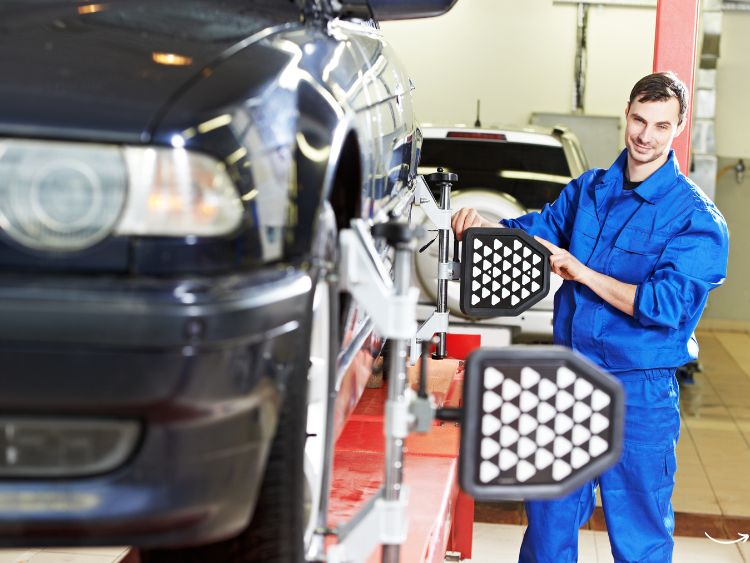What is Automotive Painting?
Automotive painting involves the process of applying paint and finishes to vehicles for both aesthetic and protective purposes. Whether you’re restoring a classic car or customizing your ride, the art of automotive painting requires precision, patience, and the right tools.
The Importance of Automotive Painting
Automotive painting is more than just making a car look good. Here’s why it matters:
- Protection: A good paint job shields your car from rust, corrosion, and environmental damage.
- Resale Value: A freshly painted car can significantly boost its market value.
- Personalization: Express your style with custom colors and designs.
Tools You Need for Automotive Painting
Before you begin, make sure you have the following tools:
- Spray Gun: Essential for even paint application.
- Air Compressor: Powers the spray gun for smooth performance.
- Sandpaper: Prepares the surface by removing old paint and imperfections.
- Masking Tape and Paper: Protects areas you don’t want to paint.
- Protective Gear: Includes gloves, goggles, and a respirator mask.
- Paint Booth or Well-Ventilated Space: Ensures safety and a dust-free environment.
Steps to Achieve a Perfect Automotive Paint Job
1. Preparation is Key
Start by washing the car thoroughly to remove dirt and debris. Next, sand the surface to eliminate old paint and rust spots. Don’t forget to mask off areas like windows, lights, and trim.
2. Priming the Surface
Apply a primer to create a smooth base for the paint. This step also helps the paint adhere better and last longer.
3. Choosing the Right Paint
Automotive paints come in different types:
- Acrylic Enamel: Durable and affordable.
- Acrylic Lacquer: Provides a shiny finish but requires frequent maintenance.
- Urethane: Long-lasting and resistant to fading.
Choose a paint type that suits your needs and budget.
4. Painting
Use a spray gun to apply multiple thin coats of paint. Allow each layer to dry before applying the next to avoid drips and uneven texture.
5. Applying the Clear Coat
A clear coat enhances the shine and adds an extra layer of protection. Like the paint, apply it in thin, even layers.
6. Finishing Touches
Let the paint cure for at least 24 hours. Afterward, buff and polish the surface for a flawless finish.
Common Mistakes to Avoid
- Skipping the primer step.
- Painting in a dusty or humid environment.
- Using low-quality tools or paints.
- Rushing the drying process between coats.
FAQs About Automotive Painting
1. Can I paint my car at home?
Yes, but you’ll need the right tools, space, and safety measures. A professional paint booth is ideal for the best results.
2. How long does a paint job last?
With proper care, a quality automotive paint job can last 10 years or more.
3. How much does it cost to paint a car?
The cost varies widely, from $500 for a basic job to $10,000 for custom or high-end finishes.
4. What is the best type of automotive paint?
Urethane paint is often recommended for its durability and resistance to fading.
5. Can I repaint over old paint?
Yes, but you’ll need to sand the surface and apply a primer for the new paint to adhere properly.
Conclusion
Automotive painting is a rewarding skill that combines creativity with technical know-how. Whether you’re touching up scratches or giving your car a complete makeover, following the right steps ensures a professional finish that lasts.
Authoritative Sources
- https://www.carsdirect.com
- https://www.autoweek.com
- https://www.popularmechanics.com

